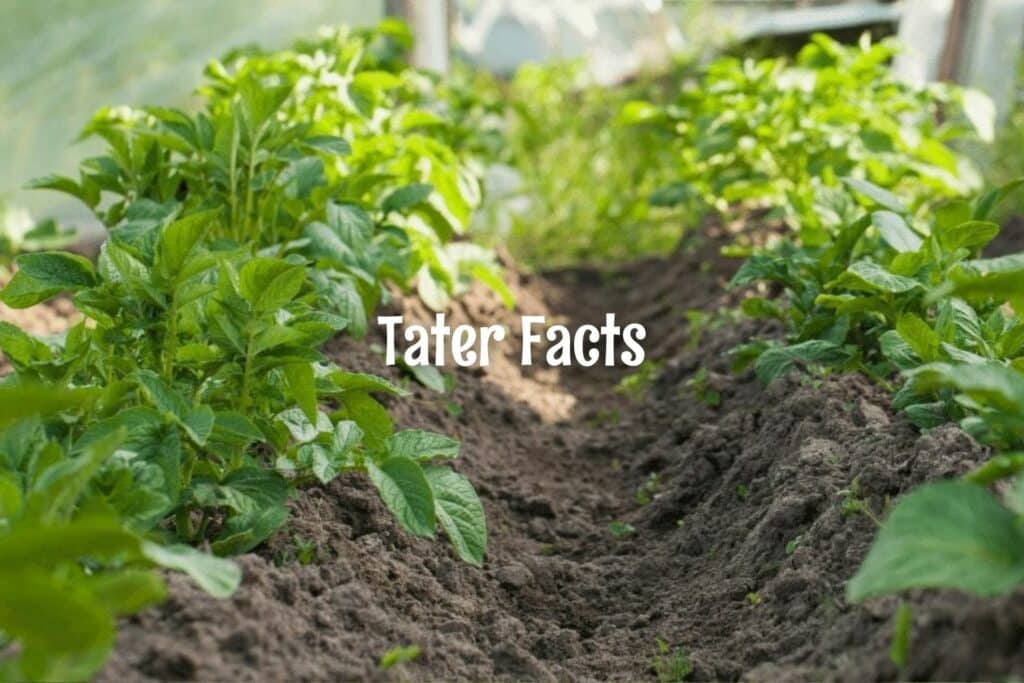
Hillside Planting
by Valle Novak
A few months ago, a friend new to the ranks of Master Gardeners, mentioned that her property lay on a partial hillside and that she was nervous about planting on a slope. We discussed the pros and cons and the many options – terracing, retaining walls, individual plantings shored with rocks – even an orchard, which takes nicely to slope-growing.
I knew I had some literature which addressed the subject and just recently came across gleanings from several articles which may be of help for those with similar landscapes.

First of all, soil conditions and the grade of the slope are of utmost importance. Oftentimes, soil on a steep slope will have been washed away, leaving hard, dry subsoil with little of any loose-textured humus or water-absorbing topsoil. Depending on the type of growing you want to do, you’ll have to face the individual challenges of soil improvement. One can’t generally re-soil a hillside. This is where the prior-mentioned options come in: terraces, small plots, or the BIG option – a retaining wall (or walls).
Next, consider the kind of planting you want on your slope. Ornamental shrubs or clusters of perennials such as daylilies or iris make lovely visual vignettes clustered here and there and are the simplest to bring about. Our illustration shows the steps to take: Cut a little terrace and set the plant(s) so the top of the rootball or growing surface (iris or peony “eyes, rose knobs, etc.), is surrounded by an area of level soil. Then use your choice of brace – stones, wooden boards (not railroad ties unless they’re non-creosote-covered), or berm of soil to make a dam in front of the plant. This keeps the plants from dying out – a common hillside plant occurrence because water runs past them down the slope. If the hillside soil makeup is “weak,” shore up behind the plant as well. Our illustration shows the technique.
If you’re planning an orchard, you can simply enlarge on this method, making a considerably larger area per tree.
You can, if you wish, even make a vegetable garden, creating a large terrace area. This is where a retaining wall of wood or stone will probably be necessary. If you have a rocky hillside, you’re in luck, and may be able to site your garden in a secure place without much effort.
To carve a hillside into a series of terraces – large or small – start at the bottom, on firm and level ground. Build your first retaining wall as high as you want it, pulling enough soil downhill to fill the space behind the wall to make a level planting area. Pack the soil in firmly at first, then pile it loosely to allow for settling. (If you have ordered in special soil, use this piling technique for it after packing the hill’s soil). Above this completed site, build your next wall on the level area where you pulled away the soil for the first site – just like building (very wide) steps. Fill behind that area, and continue on up the slope.
Hillside terracing has all the advantages of a raised bed – easy to tend and amend, allowing good water drainage, and allowing for a variety of plant preferences (water-lovers planted at base of wall or brace where soil is typically wetter than terraces above).

To prevent erosion, disturb the rest of the area’s soil as little as possible. Avoid annuals that need to be replanted each year and/or perennials that need frequent division. Choose plants that spread both under and above ground, to bind and cover the soil. Mulching helps a great deal here. It can inhibit weeds, keep the soil moist and reduce erosion. Coarse-textured mulch works best, such as shredded bark. Bark nuggets or chips, however will wash downhill in the first rain. Since bark is acidic, you’ll only want to use it with acid-loving plants (berries and many shrubs – rhododendrons, herbs, all rock-garden plants). Lawn clippings, fresh chipped or shredded plant trimmings, loose straw and leaves are all acceptable, though many need frequent replacing as they break down.
If climbing around to work on several beds or individual plants/trees is going to disturb the soil, you may want to create a path that follows the route of your garden areas. A walkway can run straight up a hill if it’s not too steep or high, but a curved or zig-zag path with an occasional landing (perhaps at the edge of a bed) is more interesting. Whatever you decide on for the type and route of your path, remember that wherever the walkway is steep, you should use steps. This is where you could utilize railroad ties – ONLY if they are not situated above or near planted area where the creosote can leach down into the growing soil.

A hillside stairway can be narrower than your path, 12 to 18 inches wide. For both paths and steps, however, cut far enough into the hill to make it level from side to side so that one foot is not lower than the other when you walk. This is especially important when coming down as it can make you slip and/or lose your balance. You may need a low rock, brick or wood edging to retain the soil. Surfaces should be firm and stable, with no loose gravel or pack nuggets that roll underfoot. Trodden dirt is fine, or crushed rock well packed, or even flagstones or precut pavers set in sand. Your own situation (and finances) determine what’s best for you. Just keep in mind that an uphill climb should be a pleasure, not a chore, and the downhill trek stable and comfortable.
Originally published 8/5/01 in the Bonner County Daily Bee.







Responses